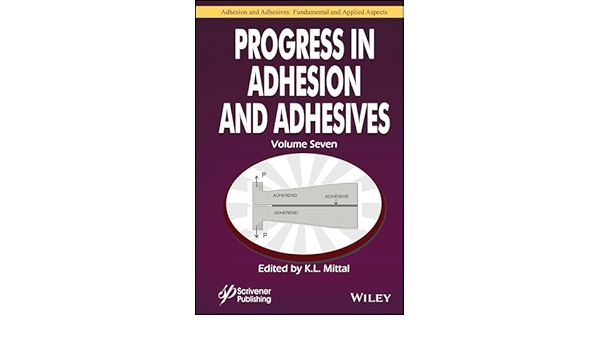Structural Adhesives to See Robust Growth through 2026
In terms of demand, Asia-Pacific accounts for a dominant share of the global structural adhesives market.

The global structural adhesives market was valued at over $9.4 billion in 2017 and is anticipated to expand at a CAGR of nearly 7% from 2018-2026, according to a research report from Transparency Market Research. The global structural adhesives market is driven by a rise in demand for structural adhesives from the building and construction and wind energy sectors.
The automotive industry is continually working toward designing lightweight and fuel-efficient vehicles that can reduce carbon dioxide emissions. Stringent regulations regarding carbon dioxide emissions are being imposed worldwide. Structural adhesives play an important role in reducing carbon dioxide emissions. They provide vehicles with structural strength, and they possess the ability to bond various surfaces together. The use of structural adhesives makes vehicles lighter, quieter, and safer compared to mechanical fastening methods such as welding, bolting, and soldering. In addition, structural adhesives are known to distribute load evenly across a surface, resulting in better efficiency compared to mechanical fastening. Currently, around 15 kg of adhesives are used in an average car; this amount is likely to increase in the next few years.
Based on type, the global structural adhesives market has been segmented into epoxy, acrylic, cyanoacrylate, urethane, and others. The others segment comprises silicon, anaerobic adhesives, and vinyl acetates. The urethane segment accounted for a leading share of the global structural adhesives market in 2017. The segment is likely to remain highly attractive during the forecast period due to the cost-efficient and fast-curing nature of urethanes. In addition, urethanes provide strong bonding to larger areas, which gives them a competitive advantage over other types of adhesives.
Based on end-use industry, the global structural adhesives market can be divided into automotive, building and construction, marine, aerospace, wind energy, and others. The others segment includes sporting goods, electronics, and furniture. Automotive was a highly attractive segment of the global structural adhesives market in 2017 due to a rise in demand for structural adhesives for use in recreational vehicles and lightweight vehicles.
Based on region, the global structural adhesives market has been classified into North America, Europe, Asia-Pacific, Middle East & Africa, and Latin America. In terms of value and volume, Asia-Pacific was a leading region of the global market in 2017. The market in the region is anticipated to expand at a rapid pace during the forecast period due to expansion in the automotive and construction industry, as well as the presence of major manufacturers of structural adhesives in the region. Europe and North America are significant consumers of structural adhesives.
However, countries in the European Union are developing new policies that compel manufacturers to produce bio-based adhesives in order to reduce impact on the environment. These government policies are becoming increasingly stringent for manufacturers of structural adhesives. The structural adhesives market in Latin America is projected to expand at a sluggish to moderate pace during the forecast period, as demand for structural adhesives in these regions is anticipated to rise in the next few years due to an expansion in the automotive industry in these regions.
For more information, visit www.transparencymarketresearch.com/structural-adhesive-market.html.
Looking for a reprint of this article?
From high-res PDFs to custom plaques, order your copy today!








